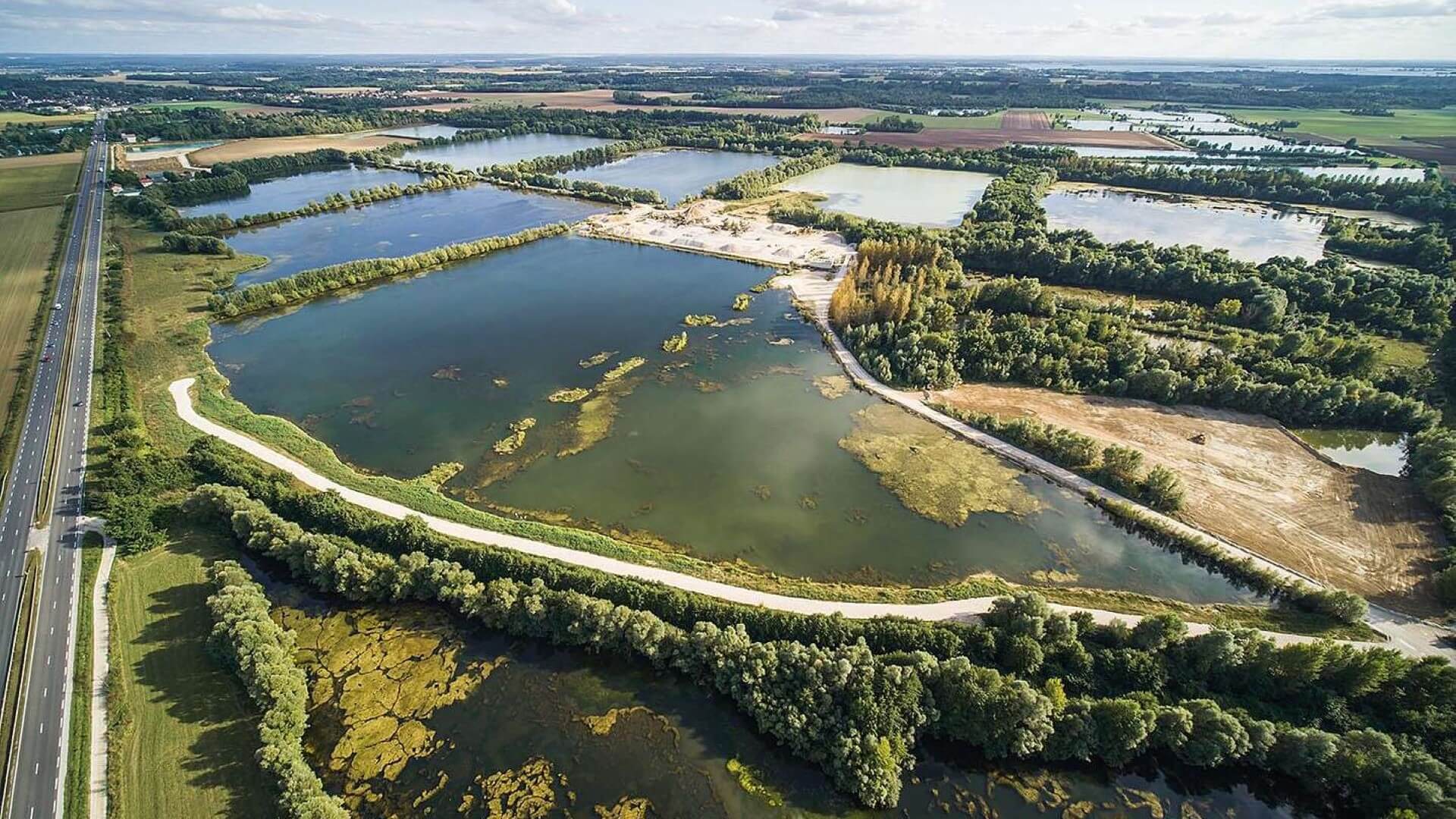UPDATED 1 Sept: The EI library in London is temporarily closed to the public, as a precautionary measure in light of the ongoing COVID-19 situation. The Knowledge Service will still be answering email queries via email , or via live chats during working hours (09:15-17:00 GMT). Our e-library is always open for members here: eLibrary , for full-text access to over 200 e-books and millions of articles. Thank you for your patience.
New Energy World™
New Energy World™ embraces the whole energy industry as it connects and converges to address the decarbonisation challenge. It covers progress being made across the industry, from the dynamics under way to reduce emissions in oil and gas, through improvements to the efficiency of energy conversion and use, to cutting-edge initiatives in renewable and low-carbon technologies.
Floating solar farms promise potential solution to Hong Kong land shortage
27/9/2023
News
A floating solar farm is being planned in Hong Kong in a bid to overcome limited land resources as it strives to achieve carbon neutrality by 2050. Meanwhile, construction is about to start on what is claimed will be the largest floating solar farm in Europe.
The floating solar farm at Plover Cove reservoir in Hong Kong is part of Hong Kong’s Climate Action Plan 2050, which draws on renewable energy, including the development of floating solar on reservoirs, as a key strategy. Construction is planned to start in 1Q2025 and is expected to take about 18 months.
Binnies Hong Kong, part of the RSK Group, was involved in the initial feasibility study to determine the optimal power capacity for the solar farm, with subsequent work focusing on the design of an anchoring system capable of withstanding typhoon wind and wave conditions, and a preliminary environmental review.
Commenting on the project, Binnies Director of Projects Justin Searle says: ‘The development of large-scale solar farms is new to Hong Kong and it’s exciting to be at the forefront of several new initiatives, including floating solar on reservoirs and also land-based systems on closed landfills.’ He continues: ‘In view of the limited land resources in Hong Kong, which are currently prioritised for housing, these new solar power initiatives provide beneficial use of spaces that have very limited scope for other types of development.’
The Plover Cove reservoir project is designed to help the Hong Kong Water Supplies Department decarbonise its operations at the Harbour Island raw water pumping station. The 5 MW project will generate the equivalent of the power required for 1,800 households. A secondary benefit of floating solar is to help conserve water resources by reducing evaporation from the covered water surface.
‘A 5 MW project may appear modest but its value is significant in demonstrating the vast potential of this technology,’ explains Searle. ‘The total water surface area of the 17 impounding reservoirs (holding raw water originating from surface run-off in the surrounding catchment area) in Hong Kong is about 23.8 km2. Even if only 10% of the available reservoir surface area were to be developed for floating solar systems in the long term, this could provide a generating capacity of about 240 MW, producing about 288mn kWh annually. This would be the equivalent of the power required for more than 85,000 households, providing a reduction of about 200,000 tonnes of CO2 emissions every year.’
The project must also take into account the high wind speeds under typhoon conditions in Hong Kong, including a floating wave-break system to attenuate the maximum wave height reaching the floating solar farm.
The successful implementation of the initial 5 MW solar farm at Plover Cove reservoir is expected to pave the way for the future expansion of large-scale solar farms in Hong Kong, says Searle.
Europe’s largest floating solar farm
Meanwhile, construction is about to start on what is claimed will be Europe’s largest floating solar farm. The 74.3 MW Les Ilots Blandin solar farm will be built on the site of a former quarry in the Haute-Marne region of north-west France. Construction is expected to start before the end of September, with commissioning planned for 1Q2025.
The power generated will come from several islands spread over a 127-hectare site of former gravel pits which ceased to be used in 2020. Some 134,649 solar modules will be fixed on floats to form six islands anchored to the banks or to the bottom of the flooded pits. The project will supply the equivalent of 37,000 households with clean, green electricity and avoid the emission of around 18,000 t/y of CO2, according to operator Q Energy.

The Les Ilots Blandin floating solar farm in France will be located in a former quarry
Photo: Romain Berthiot / Q Energy
World’s northernmost solar park
In other news, what is claimed to be the world’s northernmost solar park is now in full operation at Isfjord Radio Station in Norway. Originally built in 1933, the radio station is sited at a remote location on Kapp Linné at the outlet of the Isfjorden.
Developed as a pilot for emission-free hybrid energy systems for off-grid communities in the Arctic, the station has been equipped with a battery bank, thermal storage and solar panels, which are expected to reduce diesel consumption by up to 70%. Previously, the radio station used some 200,000 l/y of diesel.
The goal in the long term is to approach a 100% renewable solution, according to energy company Store Norske Energi. The next step is to add wind power.
